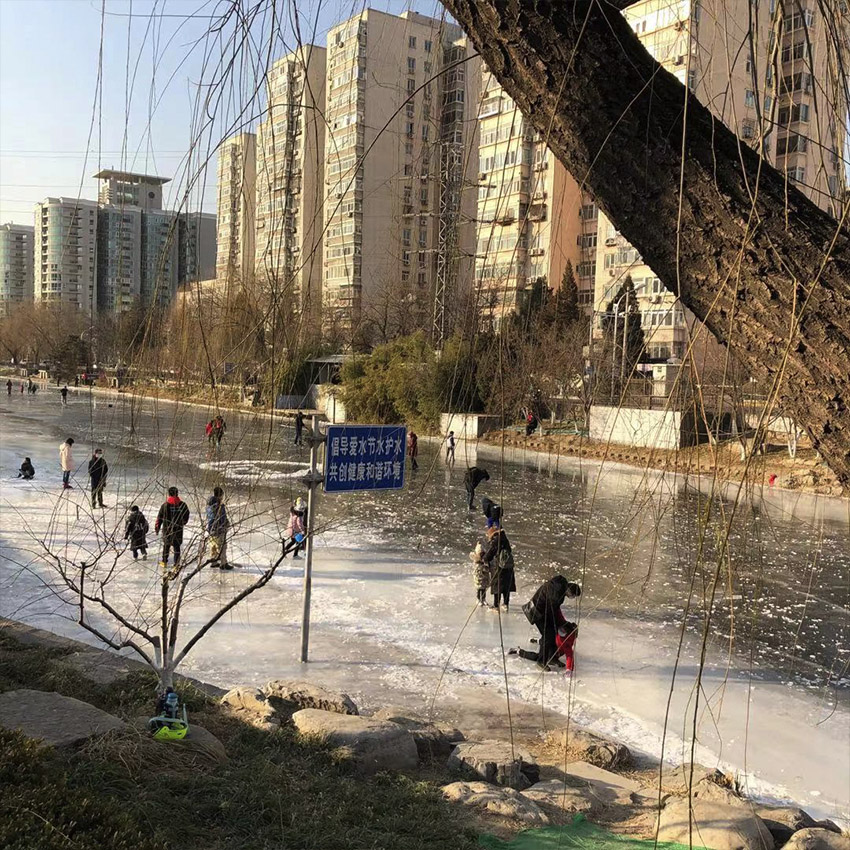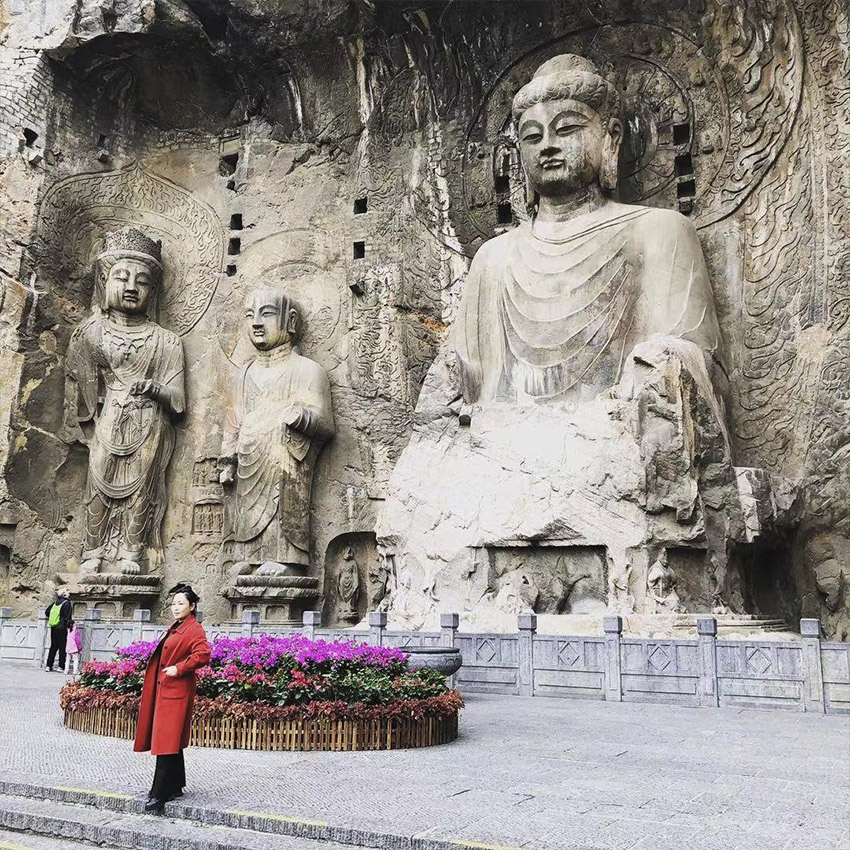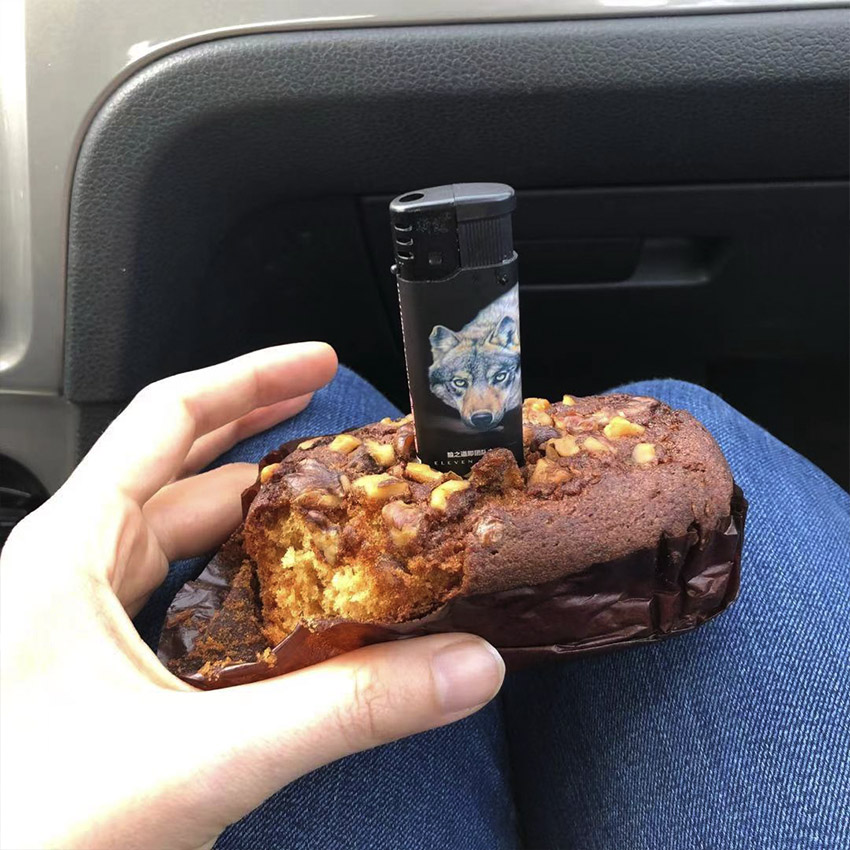Xi’an and Beijing

I spent the first day of 2021 breathing out contemplative puffs of frost-fog at Ditan Park. The plan was to self-reflect and Think Big Thoughts, but I ended up spending the bulk of the hour wondering why the man walking in front of me had so many tiny labradors embroidered on his pants. It was excessive. His pants were single-handedly causing an unequal distribution of embroidered labradors globally. I didn’t get a picture. First regret of the year.
I hardly need to say it’s been a strange 12 months. I don’t know anyone who hasn’t been changed by it. But I’ve been lucky: the worst I’ve suffered is a little heartache, and for the first time in a decade, being grounded inside the borders of China for 365 days running. There are worse things than waking up the in same bed every morning.
Almost every morning. I went to Shanghai once. And back in October, I jumped in a rental car with a friend, strapped the Baidu maps app to the dash, and we drove southwest until our asses went numb. The trip was kind of a last minute thing, but by the time it was over, we’d crossed five provinces in five days, from Beijing to Xi’an and back, through Tianjin, Hukou, the Longmen Grottoes, and a lot of nothing in between.
I won’t call the roads between here and Xi’an pretty. They’re not. They’re rivers of poured cement that cut across 1500 miles of low, polluted scrubland. But it doesn’t matter. Road trips aren’t about the scenery. They’re about taking a moment to appreciate civil infrastructure. When else do we look at aqueducts, except on highways? Or count backwards with mile markers? Or take an interest in the architecture of traffic tunnels? Out there with the truckers, the gritty realities of domestic logistics networks come to the foreground. It had never occurred to me to wonder how one might, for example, transport a windmill. Now I know.

But always, in the background, the pandemic.
Each night, we pulled in to another hotel in another third-tier city. And in every hotel lobby at every stop, the staff asked us to produce our national health codes before we were permitted to proceed with checkin. Based on records submitted by China’s three major telecoms, the national health code app compiles cell tower data to display a list of every city the user has visited over the past 14 days. Anyone who was coming from a COVID hot spot could be denied a room.
At every stop, we traded a little bit of ourselves for safe passage: at tourist attractions, in restaurants, in bars, they checked our health code and let us in. The Chinese internet is already abuzz with chatter about the personal data protections that will need to be implemented post-epidemic to control invasive overreaching by government and big tech. But everyone seems reticent to push that button until the more immediate threat has passed. Looking at the rest of the world burn from under this dome, I understand.
There were other upsides for us. The UNESCO sites we stopped through — places whose magic, in normal times, is crushed beneath the tramping feet of snacking, bleating, shoulder-to-shoulder hoards — were empty. Or if not empty, visited only by Chinese retirees on their once-in-a-lifetime bus tour of national heritage. A tiny fraction of the parking spots at the Terracotta Museum were occupied, there was no wait for the trams at the Hukou waterfall, and the entrance gates of the grottoes were pin-drop quiet.
The Grottoes, Jesus.
I’ve only ever cried twice in the presence of art. The first time, I was making the rounds at MoMA, and I had just paused in front of Van Gogh’s Starry Night. I still don’t know what happened. I wouldn’t call myself an art person. And yet, one second my brain was struggling to extract enough excitement from the priceless splotches of color to justify the cost of my ticket, the next second I was weeping.
It wasn’t about the painting. I didn’t cry because I was standing in the presence of perfect mastery or whatever. I cried because I had some kind of art-induced near death experience. Here’s what I imagine dying feels like: after the part that hurts, and for just a second before your soul flits off to wherever souls flit off to, I like to think we’ll get a macro view of The Great Everything. An overwhelming, Clockwork Orange flipbook ride through our own lives, and maybe all of human history. And that’s what I saw. I saw all the people that had stood there looking at that square of canvas while, I dunno, having cancer, being pregnant, missing their soldier children, regretting being old. In the movie in my mind, the painting stood still while the universe around it shifted and burned down, and there I was, one more blur among the blurs, pausing for a split second before turning to ash.
Or maybe I was PMSing.
Anyway, the same thing happened at Longmen. Those statues are super tall, and a long time ago, there were monks and stuff, and it felt important.

Slightly less important but equally moving was the smart parking infrastructure in the underground lot at Luoyang. The whole thing was an amalgamation of COVID-tech keyword salad: contactless, socially distanced, IoT, digital payment-driven. A hidden camera picked up our license plate number on the way in, a computer processed that number into readable text, a network of sensors used that to match our car to our parking spot, and as we left, a mini-app calculated the final fee, took payment from my digital wallet, and raised the gate on our way out, all without human intervention.
You have to understand, Luoyang is a backwater. It is a dust-bowl town where women still wash their laundry with a bar of soap and a bucket on the side of a dirt road. The cognitive dissonance of engaging with the equipment of the future in a place stuck in the past is … displacing. Like a Tokyo robot arcade took root in rural Iowa.
I spend most of my days digging through Chinese government documents, and I see the policies driving these piecemeal industrial upgrades. They begin in the smart city planning guidelines released by the Ministry of Housing and Urban Rural Development, or the NDRC. They’re passed down to some provincial government, who sets city- and district-level quotas: 10% of parking lots must feature contactless payment by 2021, something like that.
It make sense on paper, but standing there staring at it, you have to wonder what the point is. Is this really necessary? Where is the gain in efficiency, productivity, quality of life? Would it not have been easier to just cordon off a big square of ground, ask someone to sit at the entrance? There’s no lack of space, and surely the high school students of Luoyang would appreciate the summer job.
But, like many things here, it is not about the single, over-engineered, out-of-context parking lot. It is about all the parking lots in China, which will begin as discrete entities but will eventually form the nodes of a national network, nodes which will grow denser and denser, more and more numerous, and increasingly interconnected, until one day the world starts to call China’s parking lots an Orwellian nightmare while kind of also wishing they had similar parking capabilities.
October 21, and there were no bakeries in the towns by the highway. We made a birthday cake out of gross things we found at a gas station. It was exactly the kind of birthday cake that 2020 deserved.

